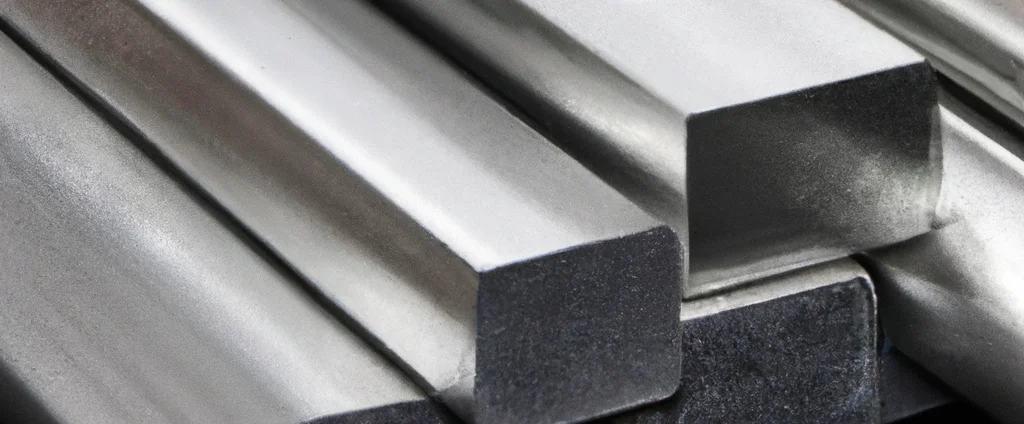Aluminum Alloy 1350 (UNS A91350)

Aluminum 1350 is a commercially pure aluminum alloy with a minimum aluminum content of 99.5%. It is commonly used in electrical applications like wire and cable, and in situations where corrosion resistance is crucial, such as food and beverage containers.
| Chemical Composition | ||
|---|---|---|
| Element | Min | Max |
| Aluminum | 99.5% | —— |
| Copper | —— | 0.05% |
| Iron | —— | 0.5% |
| Magnesium | —— | 0.03% |
| Manganese | —— | 0.05% |
| Silicon | —— | 0.1% |
| Titanium | —— | 0.03% |
| Zinc | —— | 0.05% |
| Residuals | —— | 0.15% |
The following table provides a list of aluminum 1350 properties in both SI and US customary/Imperial units.
Click on the button to switch between Metric and Imperial units.
| Physical Properties | Metric |
|---|---|
| Density | 2600 - 2800 kg/m3 |
| Mechanical Properties | Metric |
| Tensile Strength | 60 - 95 MPa |
| Yield Strength | 25 MPa |
| Young’s Modulus (E) | 70 - 80 GPa |
| Shear Modulus (G) | 26 GPa |
| Elongation at Break | 20 - 28% |
| Poisson’s Ratio (ν) | 0.33 |
| Brinell Hardness | 20 - 25 HB |
| Thermal Properties | Metric |
| Melting Point | 640 - 660 °C |
| Thermal Conductivity | 230 W/m·K |
| Specific Heat Capacity (Cp) | 900 J/kg·K |
| Coefficient of Thermal Expansion (αL) | 2.36×10-5 1/°C |
| Electrical Properties | Metric |
| Electrical Conductivity | 3.58×107 S/m |
| Electrical Resistivity | 2.82×10-8 Ω·m |
The values in this table are approximate and can vary depending on various factors such as the specific manufacturing process and heat treatment applied to the alloy.
Advantages & Disadvantages of Aluminum 1350
| Advantages | Disadvantages |
|---|---|
| High electrical conductivity | Low strength |
| Lightweight | Limited heat resistance |
| Good corrosion resistance | Limited wear resistance |
| Good formability | Limited hardness |
| Low cost |
Applications of Aluminum 1350
Aluminum 1350 is widely utilized in electrical and industrial applications due to its exceptional conductivity, lightweight properties, and corrosion resistance, including:
- Electrical conductors: Commonly used in overhead power transmission lines, electrical cables, and bus bars due to its high electrical conductivity.
- Heat exchangers: Its good thermal conductivity makes it suitable for heat exchangers, particularly in weight-sensitive applications like automotive and aerospace industries.
- Foil products: Used in the production of packaging and insulation foils.
- Decorative trim: Popular as a decorative trim material due to its lightweight nature and easy formability.
- Wire mesh: Used for various applications including insect screens and filtration.
- Architectural applications: Found in curtain walls, window frames, and door frames thanks to its lightweight properties and corrosion resistance.
- Welding wire: Suitable for some welding applications due to its low melting point and good weldability.
- Capacitors: Used in some types of capacitors because of its high purity and low impurity levels.
